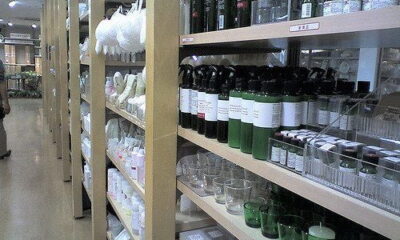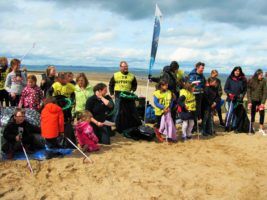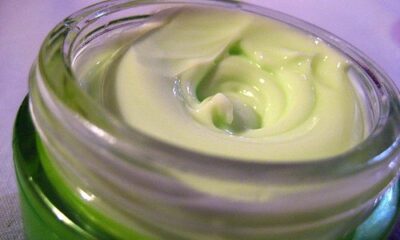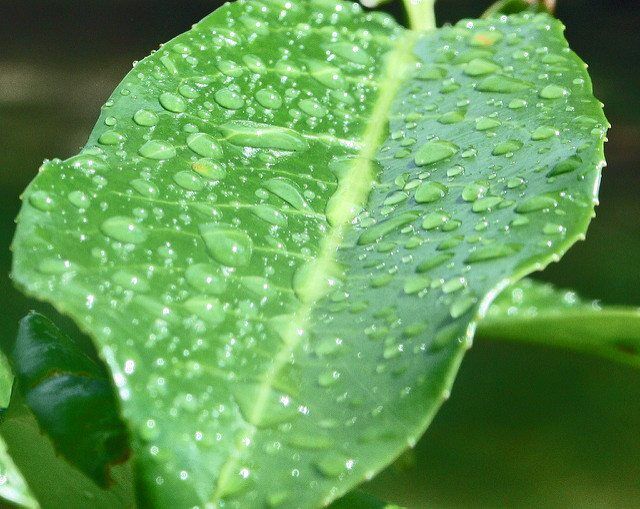
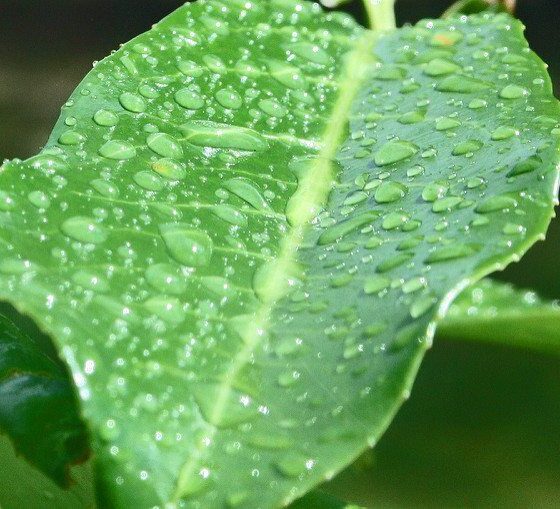
Environment
How Daily Material Solutions Are Harming Our Environment
First, it was microbeads. The tiny plastic beads found in soaps and other cosmetic products were reported to be filling our waterways, absorbing toxins, and poisoning their surrounding ecosystems. Immediately, concerned individuals were up in arms and the “ban the bead” campaign was in full force. Now there’s another manufactured threat to our waterways: synthetic fibers used to make waterproof fabrics. This time, however, fewer people seem to be paying attention.
Waterproof gear is an integral part of many activities, including those involved in the study of marine life, so what can we do to reconcile between the damage caused by these fabrics and the activities they enable? The answer may be simpler than you think, but widespread adoption is contingent on increased awareness of the issue.
What’s In The Water?
First, let’s take a step back in an attempt to better understand what’s in our water. There are two major ways that waterproof materials are polluting our environment, first through synthetic fibers that are washed into the ocean, much like microbeads, and second through chemicals called perflurocarbons (PFCs) used to make conventional materials waterproof.
We’re just beginning to understand the dangers of synthetic fibers, but the dangers of PFCs are pretty clear. High levels of these chemicals can cause immune and endocrine issues and kidney cancer. Areas with significant PFC spikes also see an increase in certain types of birth defects, and those directly exposed to waterproofing sprays containing PFC-related chemicals often suffer respiratory problems.
Changing What We Buy
Now, knowing what we do about PFCs and related waterproof materials, the onus is on manufacturers and consumers to change course and eliminate our reliance on these products – for our own health and the health of our environment. One way we should be approaching this is by more carefully researching waterproof products and seeking natural, sustainable alternatives for situations that call for waterproof fabrics.
Hockey is a prime example of an activity that demands waterproof products. Because players and their gear are exposed to cold, wet conditions, wearing waterproof clothing and carrying protective, water-resistant bags is important. Failure to do so can cause frostbite, hypothermia, and damage to clothes, skates, and other items, so it’s important to find alternative ways to waterproof such items.
The best way to deal with the problem of chemically hazardous waterproofing is to use natural products that have been around for hundreds of years. Beeswax, for example, has long been used to waterproof items. Though it’s less convenient than commercial waterproofing sprays, it’s also natural and biodegradable and won’t harm plants or animals if it gets into the water supply. Choosing to waterproof with materials like beeswax, however, means choosing conservation over convenience.
Alternatives Matter
As responsible, global citizens, we are called to choose sustainable alternatives whenever possible. It’s why we should be choosing organic cotton clothing over pollution nylon and polyester manufactured from petrochemicals, and why we should choose solar or wind energy over fossil fuels or coal. In order to do this, we need to make these choices even when they aren’t easily visible, even when we can’t see their destructive effects firsthand, as is the case with waterproof fibers. We need to look beyond what we can easily see.
Now that we are aware that waterproof fibers and associated chemicals are actively destroying parts of our ecosystem and costing human lives, we have the responsibility to act and to advocate for alternatives because the companies that profit from toxic materials won’t hand them to us.


 Environment10 months ago
Environment10 months agoAre Polymer Banknotes: an Eco-Friendly Trend or a Groundswell?

 Environment11 months ago
Environment11 months agoEco-Friendly Home Improvements: Top 7 Upgrades for 2025

 Features9 months ago
Features9 months agoEco-Friendly Cryptocurrencies: Sustainable Investment Choices

 Features10 months ago
Features10 months agoEco-Friendly Crypto Traders Must Find the Right Exchange


